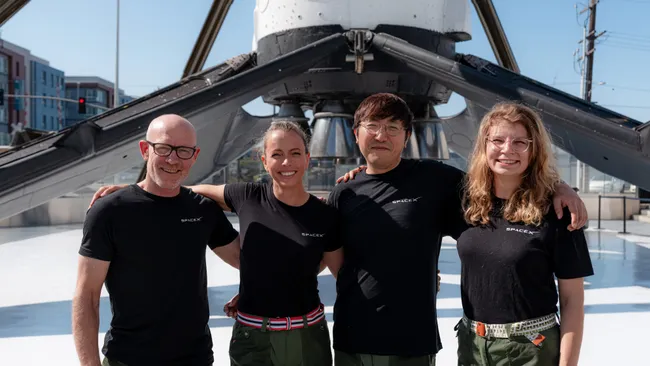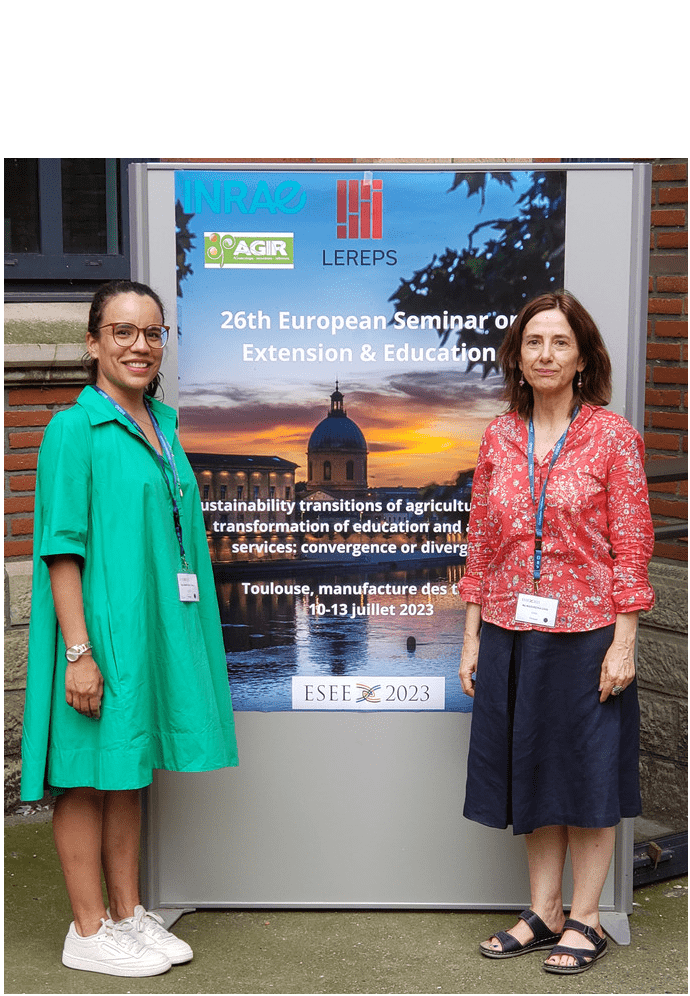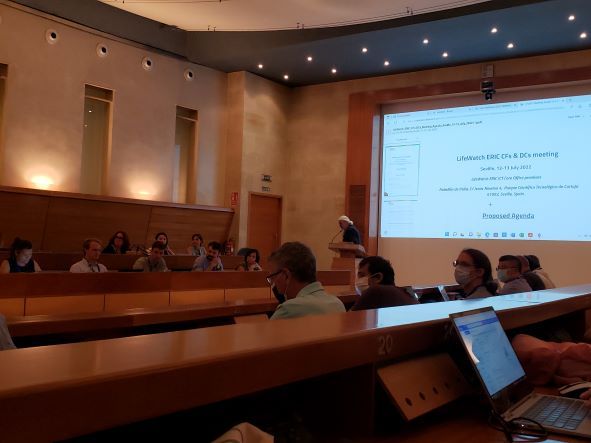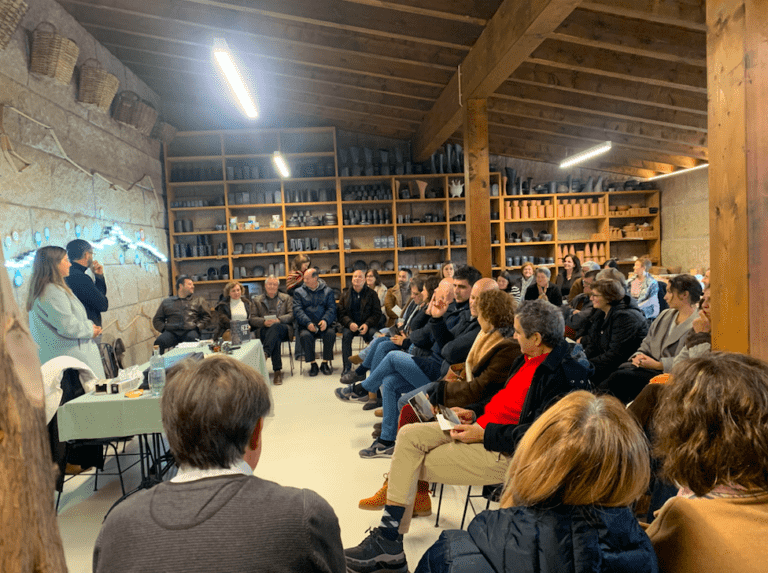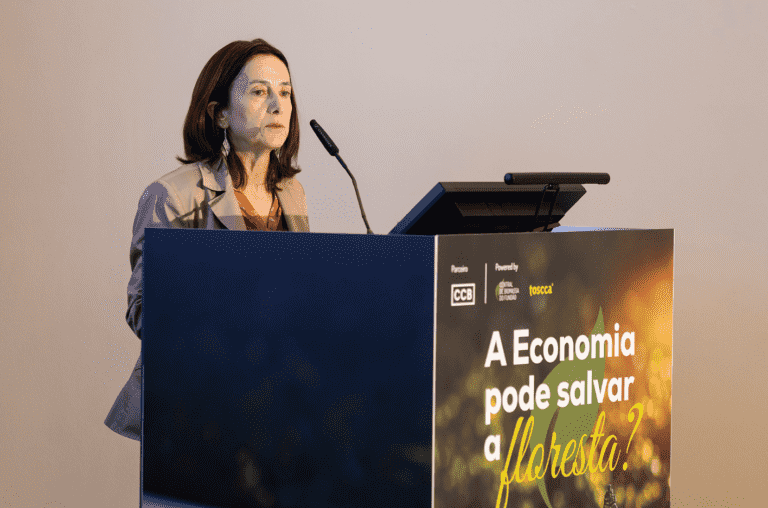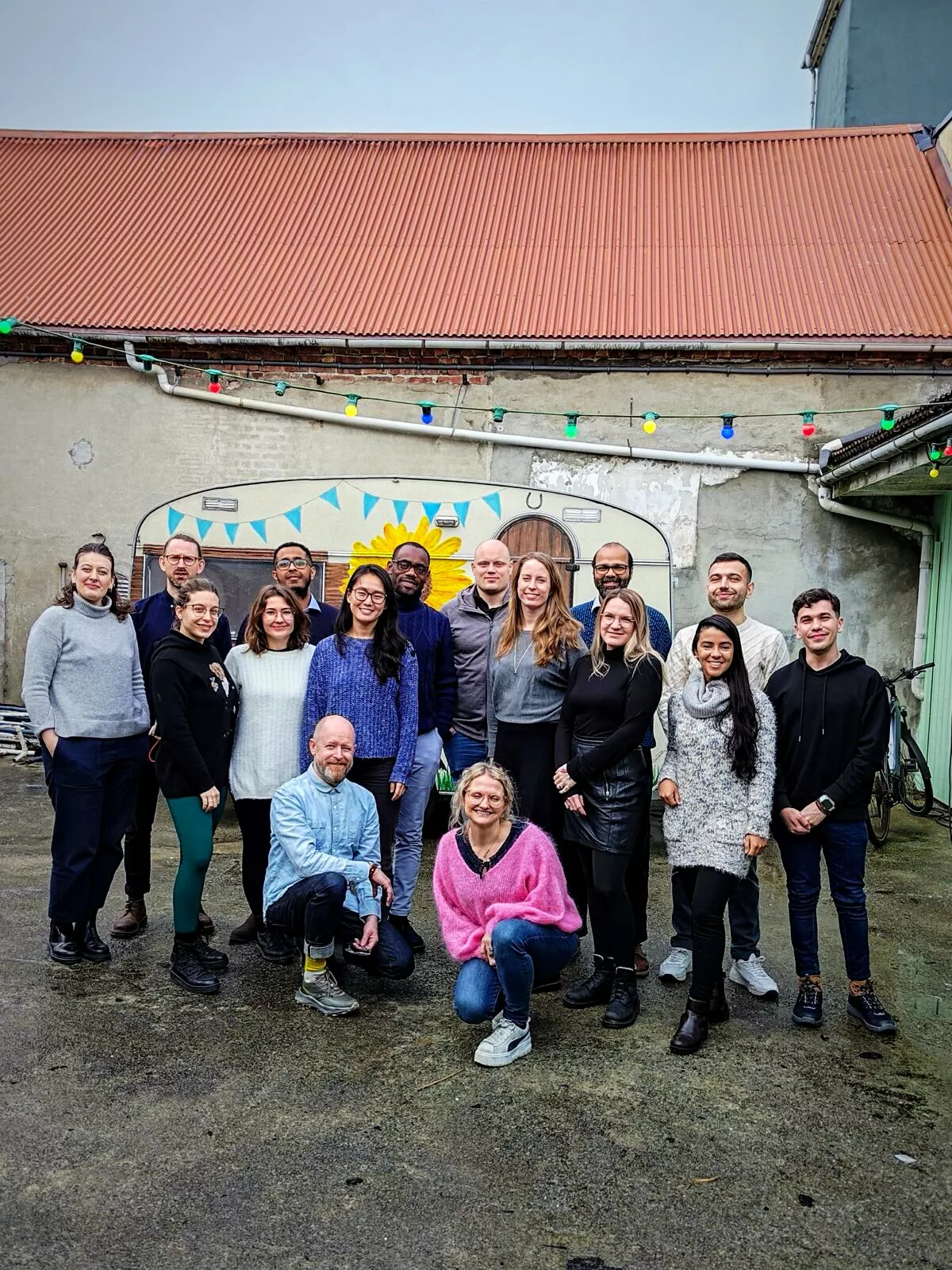
Two researchers from CETRAD participated in the University of Stavanger “Design Thinking for Transdisciplinary Research” course, aiming to implement methods for creative problem-solving geared towards fostering innovation by harnessing designers’ sensibility and methods. Through ‘frame creation’, Design Thinking (DT) seeks problem-solving by deeply understanding contextual values and themes related to tradition and innovation, paving the way for the exploration of outcomes. The relevance of a project created with a DT foundation lies in criteria such as transdisciplinarity, emphasis on sustainability and innovation, and a human-centered approach.
Within the framework of discussion proposals and pitches, a notable aspect addressed the involvement of two researchers from CETRAD, focusing on the challenge of augmenting the sustainable competitiveness of the wine industry in the Douro region of Portugal, as discussed by Cibele Souza, and the reflection on promoting ecological and digital transitions in a co-creative way in the region, as reflected by Lucas Sena. Within these pragmatic and dynamic perspectives, DT facilitated the researchers’ expansion beyond their knowledge boundaries, fostering transdisciplinary endeavors underscored by principles of sustainability, innovation, and a human-centered ethos, all in consonance with the demands of the contemporary job market.
Incorporating DT into the project not only enhances the efficacy of solutions but also embraces a more user- and sustainability-centric methodology. Through the application of DT, projects spanning various domains, including social sciences, exact sciences, engineering, biology, and information technology, acquire a sturdy framework for intercommunication and address intricate challenges. This approach fosters the development of sustainable innovations and enhances market competitiveness.
Consequently, DT, emphasized as a cornerstone tool in certain projects, integrates principles from the social sciences, emphasizing the importance of understanding users’ needs, collaboration, and accounting for social dynamics, all critical elements for successful execution.


